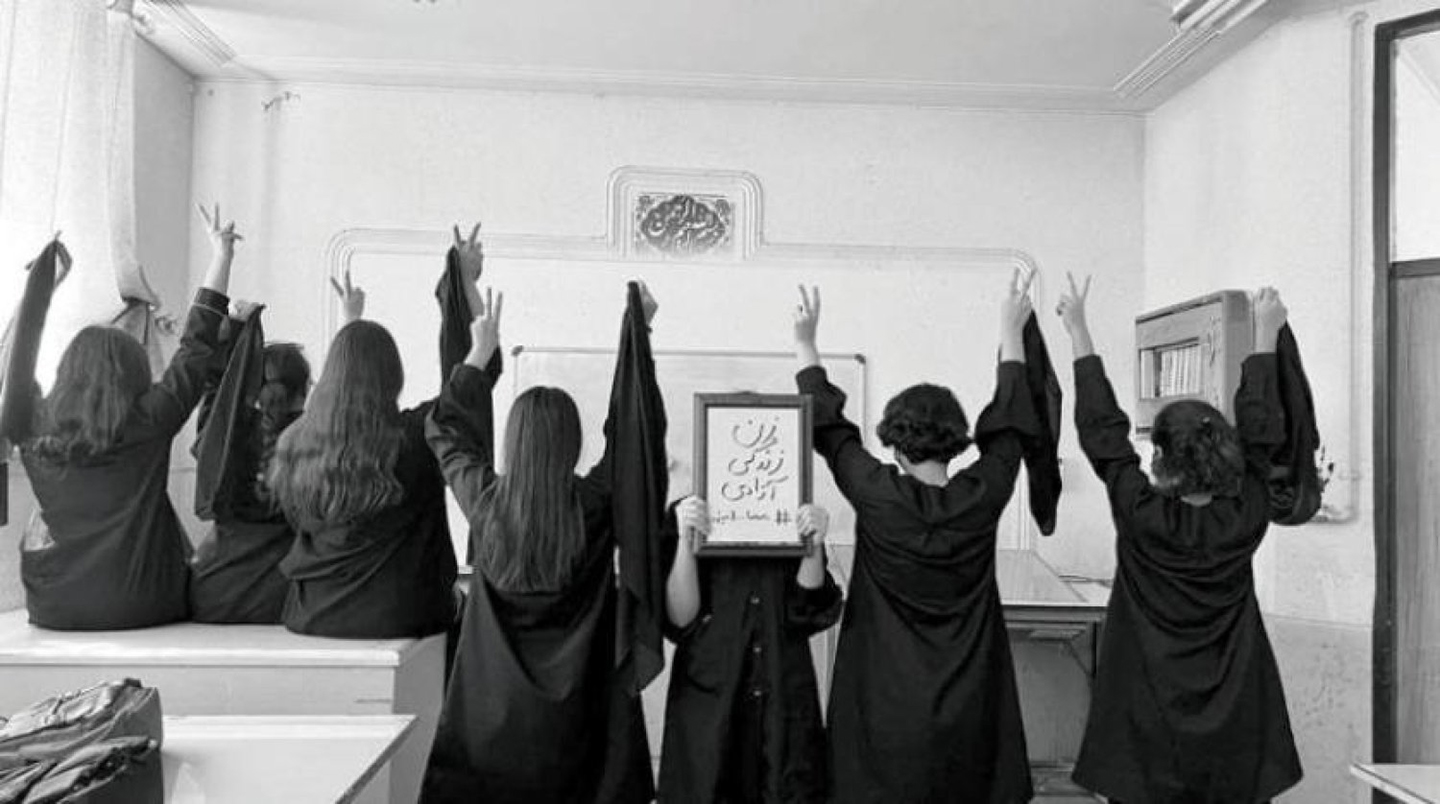Notes
1
Quoted in Benjamin Ask Popp-Madsen, “The Self-limiting Revolution and the Mixed Constitution of Socialist Democracy: Claude Lefort’s Vision of Council Democracy,” in Council Democracy: Towards a Democratic Socialist Politics (Routledge, 2018).
2
Butler, The Force of Nonviolence: An Ethico-Political Bind (Verso, 2020).
Translated from the Farsi by ZQ.
© 2024 e-flux and the author
